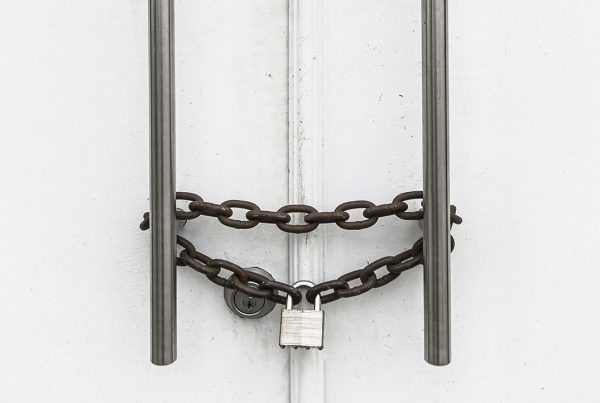The differences between anxiety and stress, and introducing social anxiety disorder (SAD)/social phobia.
April has been Stress Awareness Month in the UK since 1992. This month our focus is on Anxiety and Stress, particularly covering social anxiety, stress in the workplace and public places.

As words, we usually use anxiety or stress in
Simply put, stress is our body’s response to triggers or perceived threats in any given situation and generally is a short-term experience. Stress can be positive or negative – yes, that’s right, sometimes when stress kicks in it could help us make that deadline we didn’t think we could make. Nevertheless, when stress results in impaired ability to do things normally done and poor concentration, it’s negative. Stress can also make us susceptible to any further physical or mental illnesses.

Anxiety, however, is a sustained mental health disorder that can be triggered by stress. Anxiety doesn’t fade into the distance once the threat is pacified, instead, it can stay around for the long haul and cause significant impairment socially, professionally, and other important areas of functioning.
Sometimes it isn’t just merely shyness or “being awkward”, and shouldn’t be passed off as such, especially when it concerns Social Anxiety Disorder (SAD). It is an actual medical diagnosis, also known as Social Phobia, where people have a long-lasting and overwhelming fear of social situations.

It can be a common problem that usually starts during youth but it can develop later on as an adult also. For some, it may get better as they get older, although for many it may not go away on its own, so ways to alleviate this by helping themselves with effective treatment methods should be sought out. According to the NHS, many people with social anxiety can also have other mental health issues such as depression, generalised anxiety disorder or body dysmorphic disorder.
Research has shown that untreated anxiety or depression can have a significant impact on employment, income and relationship stability in adult life (Goodman, Joyce & Smith, 2011) and school learning, stress tolerance, confidence, motivation, personal relationships will be adversely affected (Layard 2008).

Did you know?
- Mixed anxiety & depression is the most common mental disorder in Britain, with 7.8% of people meeting criteria for diagnosis.
- Common mental health problems such as depression and anxiety are distributed according to a gradient of economic disadvantage across society. The poorer and more disadvantaged are disproportionately affected by common mental health problems and their adverse consequences.
- Women in full-time employment are nearly twice as likely to have a common mental health problem as full-time employed men (19.8% vs 10.9%).
- Evidence suggests that 12.7% of all sickness absence days in the UK can be attributed to mental health conditions – mixed anxiety and depression has been estimated to cause
one fifth of days lost from work in Britain - In England, women are more likely than men to have a common mental health problem and are almost twice as likely to be diagnosed with anxiety disorders (although this may be due to
less males ‘opening up’ to their problems and trying to ‘just deal with it’).
(www.nopanic.org.uk/anxiety-statistics)
We may see it in popular media being referenced and somehow usually depicting the ‘nerd’ with the inability to ‘come out of their shell’ but it is much more than that and living through it isn’t as funny as it seems.
It is an issue that needs to be addressed because it doesn’t just go
How do you deal with your SAD?





One Comment